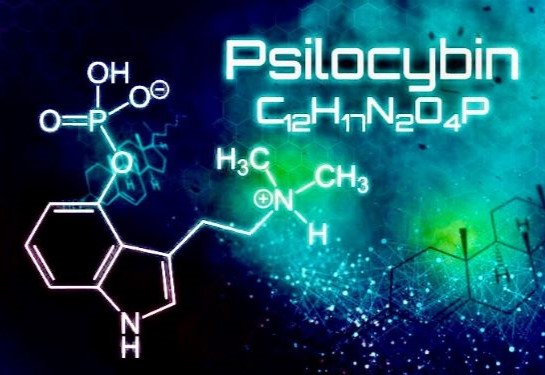Breast Disorders
Finding a breast lump is worrisome, but most lumps are not breast cancer. We use the latest techniques to diagnose and treat all types of breast disorders.
Medically reviewed by Kristen Pellegrino, M.D. on Oct. 26, 2023.

Helping You Through Diagnosis and Treatment of Breast Disorders
Some types of benign (non-cancerous) breast conditions may increase your risk of developing cancer. We have expertise in treating all types of breast conditions.
Types of Breast Disorders
Most breast lumps are benign (non-cancerous), but they still may cause pain.
Benign breast disorders include:
- Benign Phyllodes tumors: Breast lumps that grow on connective tissue. They may grow slowly or quickly.
- Breast cysts: Lumps filled with fluid.
- Fat necrosis: When an injury to your breast leads to the formation of scar tissue.
- Fibroadenomas: Solid breast lumps that may grow, shrink or disappear over time.
- Hyperplasia: A condition where clumps of cells grow inside your milk ducts or glands.
- Intraductal papilloma: Small wart-like growths that form inside your milk duct near your nipple.
- Mastitis: Inflammation in your breast typically caused by a blockage in your milk duct.
Symptoms of Breast Disorders
Symptoms of breast disorders depend on the type of condition you have. Symptoms of benign breast conditions can be similar to symptoms of breast cancer. So, seeing your provider if you have a new breast lump or breast changes is important.
Common Symptoms
You may experience:
- Breast pain
- Changes in breast shape or size
- Dimples or creases on your breasts or nipples
- Nipple discharge
- Skin changes on your breasts or nipples
- Breast lump
Causes of Breast Disorders
The cause of breast disorders is often unknown. Common causes of benign breast conditions include:
Infection
An infection in your milk duct may lead to mastitis.
Injury
An injury to your breast may cause lumpy scar tissue to form (fat necrosis).
Hormone Changes
Natural hormone changes during pregnancy and menstruation can cause breast lumps. Hormone medications, including hormonal contraception or hormone replacement therapy, can also cause changes that lead to a breast disorder.
Diagnosing Breast Disorders
We use the most advanced techniques and equipment to diagnose breast disorders.
If you have a new breast lump, you may need one or more tests, including:
- Biopsy: Your provider uses a thin needle to take a sample of cells from the breast lump. A pathologist examines the cells for signs of cancer or other problems.
- Imaging scans: Mammogram, MRI and ultrasound scans create an image of your breast and may show what type of lump you have. We have a team of technologists who specialize in breast imaging.
- Nipple discharge test: Nipple discharge can be tested for blood.
Treatments for Breast Disorders at UC Davis Health
Benign breast disorders typically do not require treatment. But if you have large or painful lumps, we can help.
Antibiotics
Antibiotics are the main treatment if an infection caused your breast condition.
Fine Needle Aspiration
Your provider uses a thin needle to drain cysts that have become large or painful.
Surgery
Lumpectomy is a procedure to remove breast lumps. You may consider reconstructive surgery if removing large lumps changes the shape or symmetry of your breasts. We have extensive expertise in the latest breast reconstruction procedures.
More than
70%Of women experience fibrocystic breast changes
Women ages
30-50Most commonly get breast cysts
Source: National Institutes of Health: Breast Cyst
Request an Appointment
As Sacramento's No. 1 hospital, you'll benefit from unique advantages in primary care and specialty care. This includes prevention, diagnosis and treatment options from experts in 150 specialties.
Referring Physicians
To refer a patient, submit an electronic referral form or call.
800-4-UCDAVIS
Patients
Call to make an appointment.
Consumer Resource Center
800-2-UCDAVIS
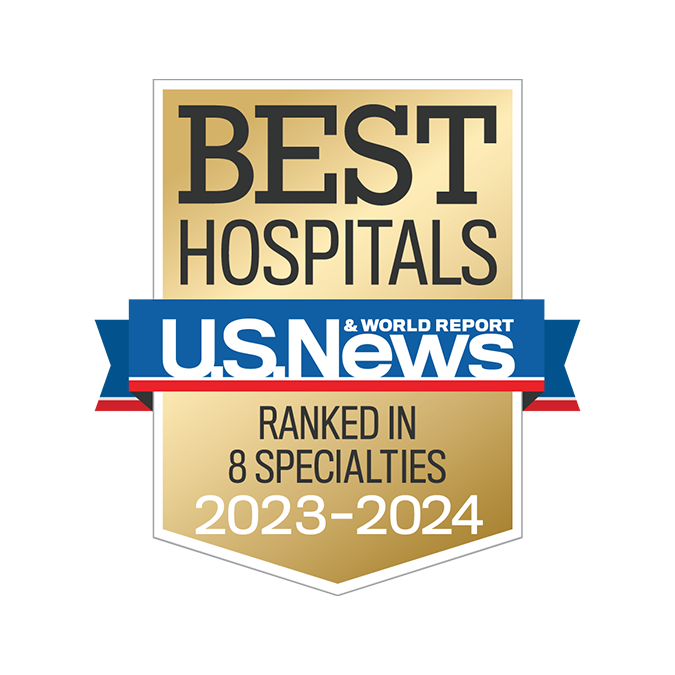
Ranked among the nation’s best hospitals
A U.S. News & World Report best hospital in cardiology, heart & vascular surgery, diabetes & endocrinology, ENT, geriatrics, neurology & neurosurgery, and pulmonology & lung surgery.

Ranked among the nation’s best children’s hospitals
U.S. News & World Report ranked UC Davis Children’s Hospital among the best in pediatric nephrology, orthopedics*, and pulmonology & lung surgery. (*Together with Shriners Children’s Northern California)

Ranked Sacramento’s #1 hospital
Ranked Sacramento’s #1 hospital by U.S. News, and high-performing in aortic valve surgery, back surgery (spinal fusion), COPD, colon cancer surgery, diabetes, gynecological cancer surgery, heart arrhythmia, heart failure, kidney failure, leukemia, lymphoma & myeloma, lung cancer surgery, pacemaker implantation, pneumonia, prostate cancer surgery, stroke, TAVR, cancer, orthopedics, gastroenterology & GI surgery, and urology.
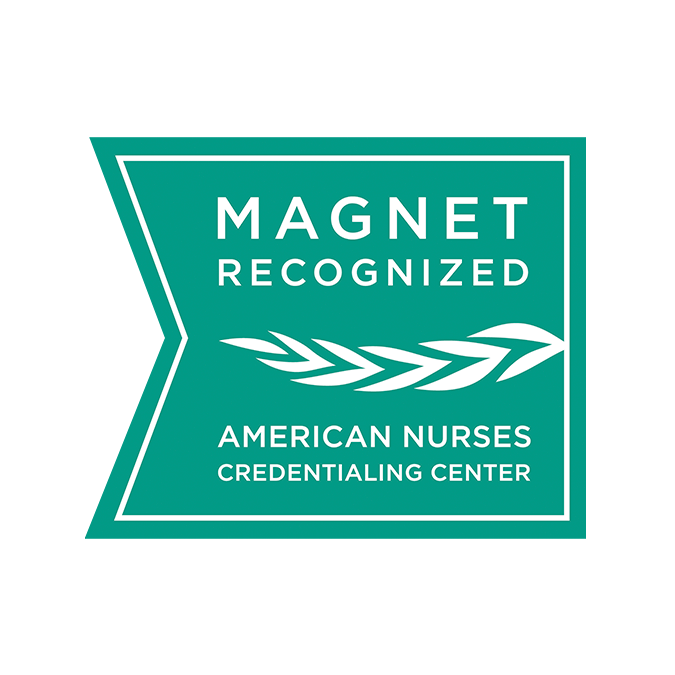
The nation’s highest nursing honor
UC Davis Medical Center has received Magnet® recognition, the nation’s highest honor for nursing excellence.
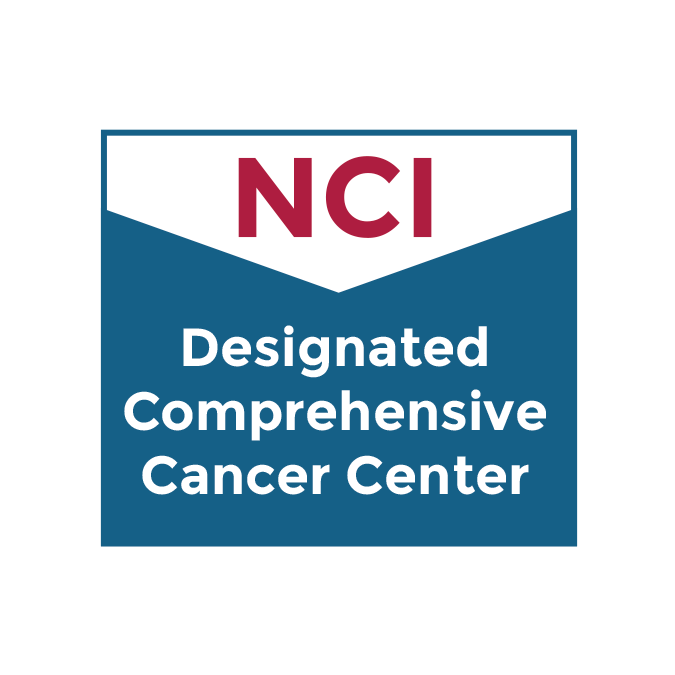
World-class cancer care
One of ~59 U.S. cancer centers designated “comprehensive” by the National Cancer Institute.
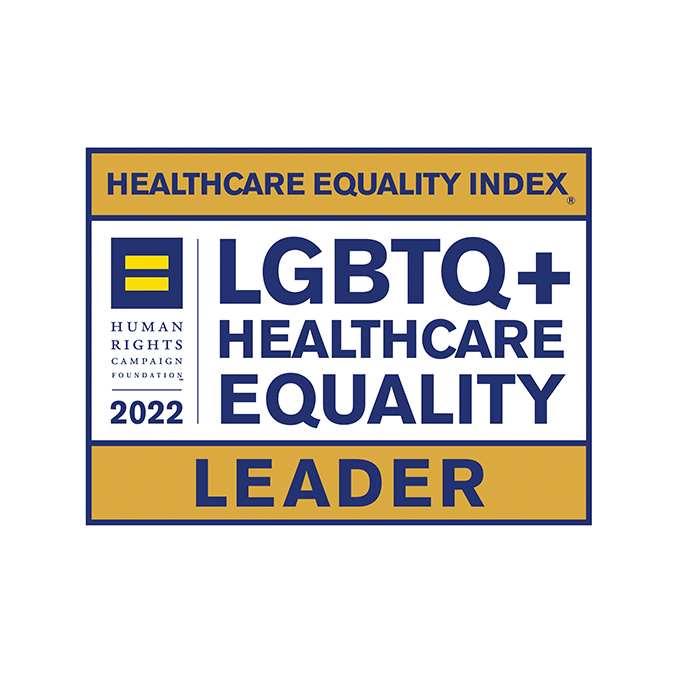
A leader in health care equality
For the 13th consecutive year, UC Davis Medical Center has been recognized as an LGBTQ+ Healthcare Equality Leader by the educational arm of America’s largest civil rights organization.

